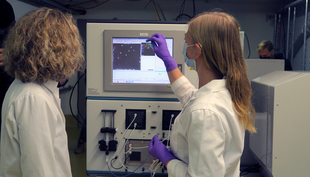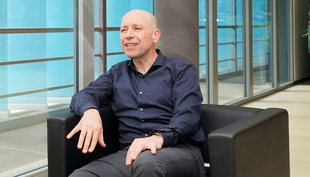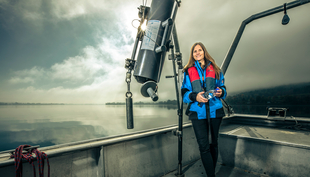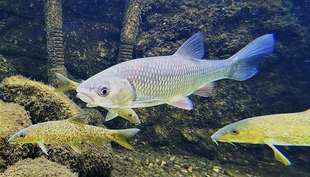Department Environmental Chemistry
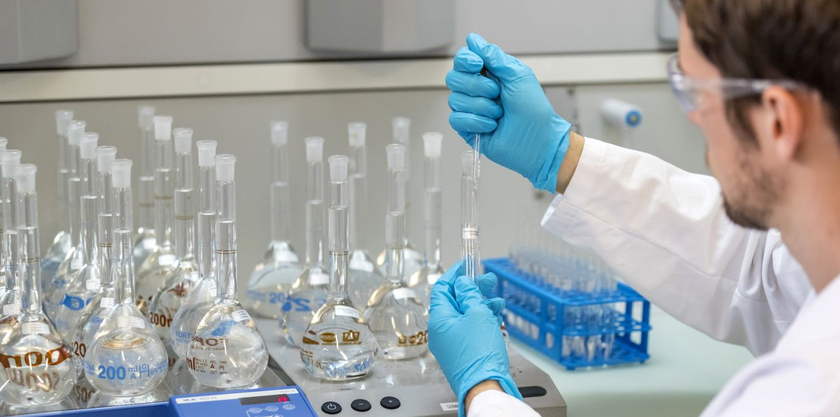
On the trail of pollutants
Our research team studies the presence, distribution and fate of organic pollutants in the aquatic environment. The focus of our research is on substance flux from urban areas and from agriculture, and the main tools that we use for this work are trace analysis, field and laboratory studies and modelling.
News
Information for potential candidates SNF Ambizione / Starting grant Fellowship
The Environmental Chemistry Department is fortunate to have externally funded fellows contributing to our research and teaching environment. If you consider applying for an externally funded fellowship in our Department, please check your eligibility under www.snf.ch/en/funding/careers/Pages/default.aspx and contact a group leader whose research interests are close to yours. To ensure that incoming fellows fit our research environment and can be accommodated appropriately, and to do the necessary paperwork, sufficient time is required. If you want to apply for Ambizione/SNSF starting grant with Uchem as a host, please contact the Group Leader of your choice at least 3 months in advance of the submission deadline. Selected candidates will be invited to give a talk at our Department and discuss their research plans with us. Your formal expression of interest should come as a single PDF file including a complete CV, a motivation letter detailing why our Department is the right place for your research, an outline of the planned project (max. 2 pages), and the names and contact details of two references.

